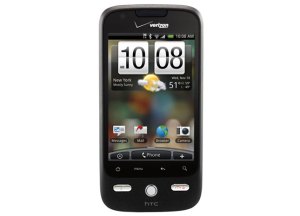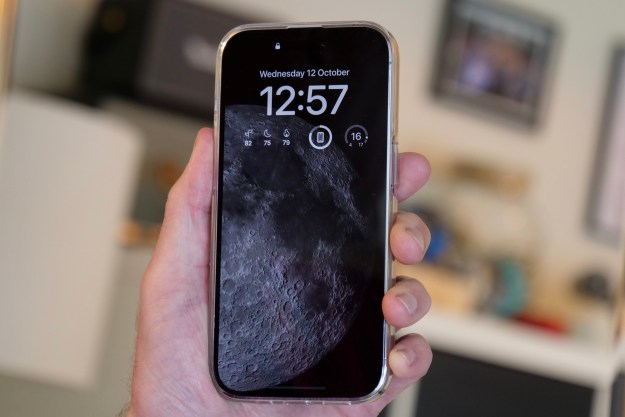
New figures from market analysis firm NPD have delivered a bit of a blow to Apple’s seeming hegemony of the smartphone market. According to NPD, phones running the Android operating system outsold the Apple iPhone in the U.S. smartphone market during the first quarter of 2010: Android accounted for 28 percent of smartphone sales, compared to 21 percent for the Apple iPhone.
Of course, a 28 percent share is only enough to move the Android operating system into second place. The smartphone sales leader in the U.S. market is still RIM’s BlackBerry line, with a 36 percent share.
“As in the past, carrier distribution and promotion have played a crucial role in determining smartphone market share,” said NPD executive director of industry analysis Ross Rubin, in a statement. “In order to compete with the iPhone, Verizon Wireless has expanded its buy-one-get-one offer beyond RIM devices to now include all of their smartphones.”
According to NPD, Verizon Wireless’s promotion of the Android-running Droid and Droid Eris—along with the BlackBerry Curve—helped the company keep up with AT&T during the first quarter. By carrier, AT&T remained the dominant player in the smartphone market for the quarter with a 32 percent share. Verizon Wireless came in second with a 30 percent share, followed by T-Mobile and Sprint with 17 and 15 percent shares, respectively.
It’s important to remember that Apple essentially sells one phone—the iPhone 3GS—and that’s competing against a number of Android devices and BlackBerries: on a per-device basis, the singular iPhone has been a tremendous success.
Editors' Recommendations
- iPhone SE 4: news, rumored price, release date, and more
- One of the best budget phones just got even better
- Here’s how Apple could change your iPhone forever
- There’s a big problem with the iPhone’s Photos app
- How to connect an iPhone to a Mac with or without a cable


